VHO - The People's Committee of Dak Lak province plans to officially announce the national treasure recognized in 2024, the "Thac Hai Stone Drill Collection", on the occasion of the 120th anniversary of the province's founding (held on November 22, 2024).
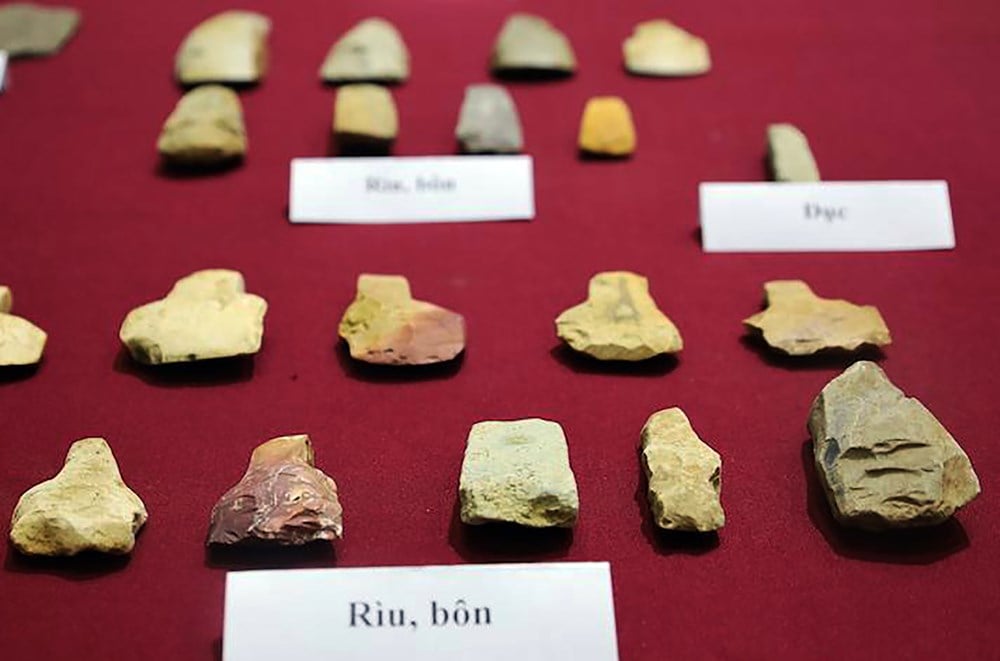
This collection was discovered at Thac Hai Archaeological Site (village 6, Ia Jloi commune, Ea Sup, Dak Lak), with 250 artifacts, including 200 complete drill bits and 50 drill bit sketches.
Behind the sediments of time
Mr. Dinh Mot, Director of Dak Lak Museum, shared that in 2021 and 2022, the unit coordinated with the National History Museum to organize the excavation of Thac Hai Archaeological Site. By 2024, Dak Lak Museum will continue to conduct the third extended excavation of this Site.
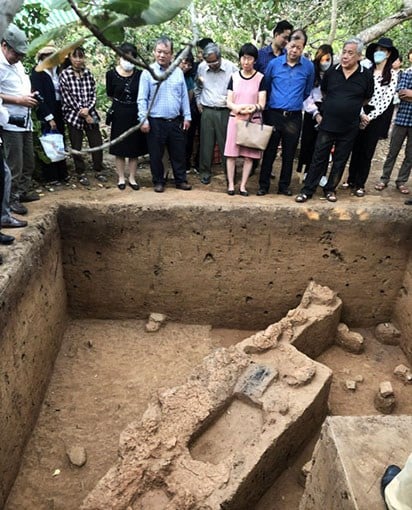
As a result of three times, the Museum has collected many valuable and unique relics and artifacts, including a collection of stone drill bits discovered for the first time in the Central Highlands, contributing to clarifying the historical and cultural values in the highlands, especially new discoveries about the Bronze Age that may have been very developed in the Central Highlands and the whole Southeast Asia region.
“Our researchers and colleagues have demarcated the site and determined that this area has a cultural layer about 2 - 2.3 meters thick, containing relics such as tombs, black soil pits, and artifacts such as grinding tables, axes, adzes, and stone bark pounding tables. In particular, more than 3,000 stone drills of various types and tens of thousands of different broken pieces were discovered here, 250 collected drills are the ones that are still intact. All were buried in the ground, dating from 4 - 3 thousand years ago, showing that there was a period of historical technical development in this Central Highlands region,” Mr. Dinh Mot shared.
According to experts' analysis, the appearance of the collection of rock drills represents two important issues.
Firstly, the stone drills prove that in the previous period, the Thac Hai area may have been a gathering place for skilled craftsmen, and this place may have been a village specializing in stone carving crafts, at a very high level. This goes against the thinking of many people about the primitive, primitive nature of farming and production techniques in the Central Highlands.
Second, the presence of large numbers of drill bits shows a very clear division of labor in the stone mining work of Thac Hai area. This means and clarifies the position of a village specializing in stone processing here, where each worker and each employee has been arranged and divided into very clear working positions, like an industrial production line. This is really difficult to appear in a primitive and backward production society.
On the contrary, the presence of stone drills leads to evidence that, in the early AD period, the Central Highlands region may have been a very vibrant society, with many workers working together and a history of farming and production techniques that were not simple.
The ancient village at Thac Hai may even have existed in two phases, the first belonging to the Late Neolithic period, as shown by drills, and the later belonging to the Bronze Age, with foundries, glass smelters, and many glass bead artifacts.
Many questions need to be answered
Dr. Nguyen Ngoc Quy (Institute of Archaeology, Vietnam Academy of Social Sciences ) at a recent working session at Dak Lak Museum, shared with the press some observations from Thac Hai Site and through the collection of stone drill bits.
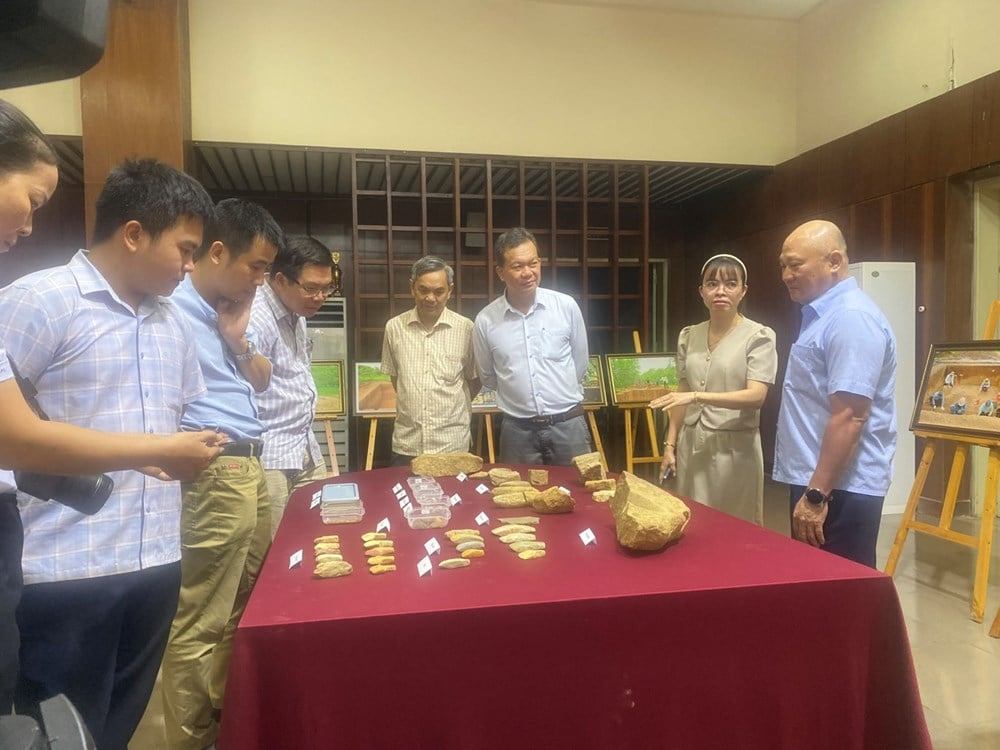
According to him, the Thac Hai site has just been developed and information has not been disseminated to professional researchers, so in the coming time, it is necessary to widely publicize the available data, so that more researchers and academics can participate, and together clarify whether this is a high-tech manufacturing factory area or not.
The artifacts found show that this area had glass foundries and stone processing with professional level, allowing for glass casting to create products for inter-regional trade. In addition to stone tools, the Thac Hai site also has pottery and glassware, proving that it was a place that acquired glass making techniques very early, possibly learned from India, and thus belongs to the Bronze Age.
At the same time, the presence of a series of drills proves that production in this area is not simply for local supply, but has the nature of goods, manufactured to be traded with other places. Thus, the Central Highlands in the past, most likely was not a closed area, but on the contrary, was also an area providing products and goods.
Among them, Thac Hai and Dak Lak could be a crossroads of inter-regional trade, between the highlands and lowlands, and could have participated very early in the maritime trade route between the centers of Indian and Chinese civilizations in the first centuries AD.
Dr. Nguyen Ngoc Quy believes that these speculations and perceptions need to be answered by experts together, and if true, will greatly impact the archaeological community's perception of a glorious Bronze Age in the Central Highlands and Southeast Asia.
In particular, in the long-standing perception of the social community, the Central Highlands region has not had any breakthroughs in development of farming methods and production tools.
In the embryonic development period of the early Christian era, how could there be production workshops, working processes, and industrialized division of labor in this highland region? This question really deserves to be answered, and accordingly, the national treasure “Thac Hai Stone Drill Collection” will truly be an interesting point in the history of Vietnamese archaeology.
Source: https://baovanhoa.vn/van-hoa/cong-bo-bao-vat-quoc-gia-suu-tap-mui-khoan-da-thac-hai-112482.html


![[Photo] Hanoi morning of October 1: Prolonged flooding, people wade to work](https://vphoto.vietnam.vn/thumb/1200x675/vietnam/resource/IMAGE/2025/10/1/189be28938e3493fa26b2938efa2059e)
![[Photo] President of the Cuban National Assembly visits President Ho Chi Minh's Mausoleum](https://vphoto.vietnam.vn/thumb/1200x675/vietnam/resource/IMAGE/2025/10/1/39f1142310fc4dae9e3de4fcc9ac2ed0)
![[Photo] Keep your warehouse safe in all situations](https://vphoto.vietnam.vn/thumb/1200x675/vietnam/resource/IMAGE/2025/10/1/3eb4eceafe68497989865e7faa4e4d0e)










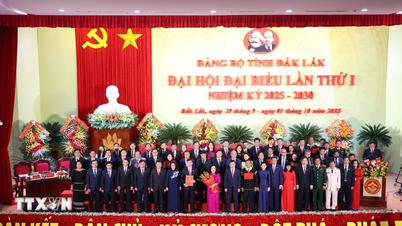

















































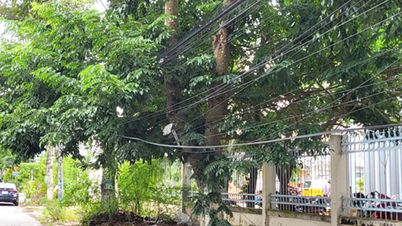






















Comment (0)